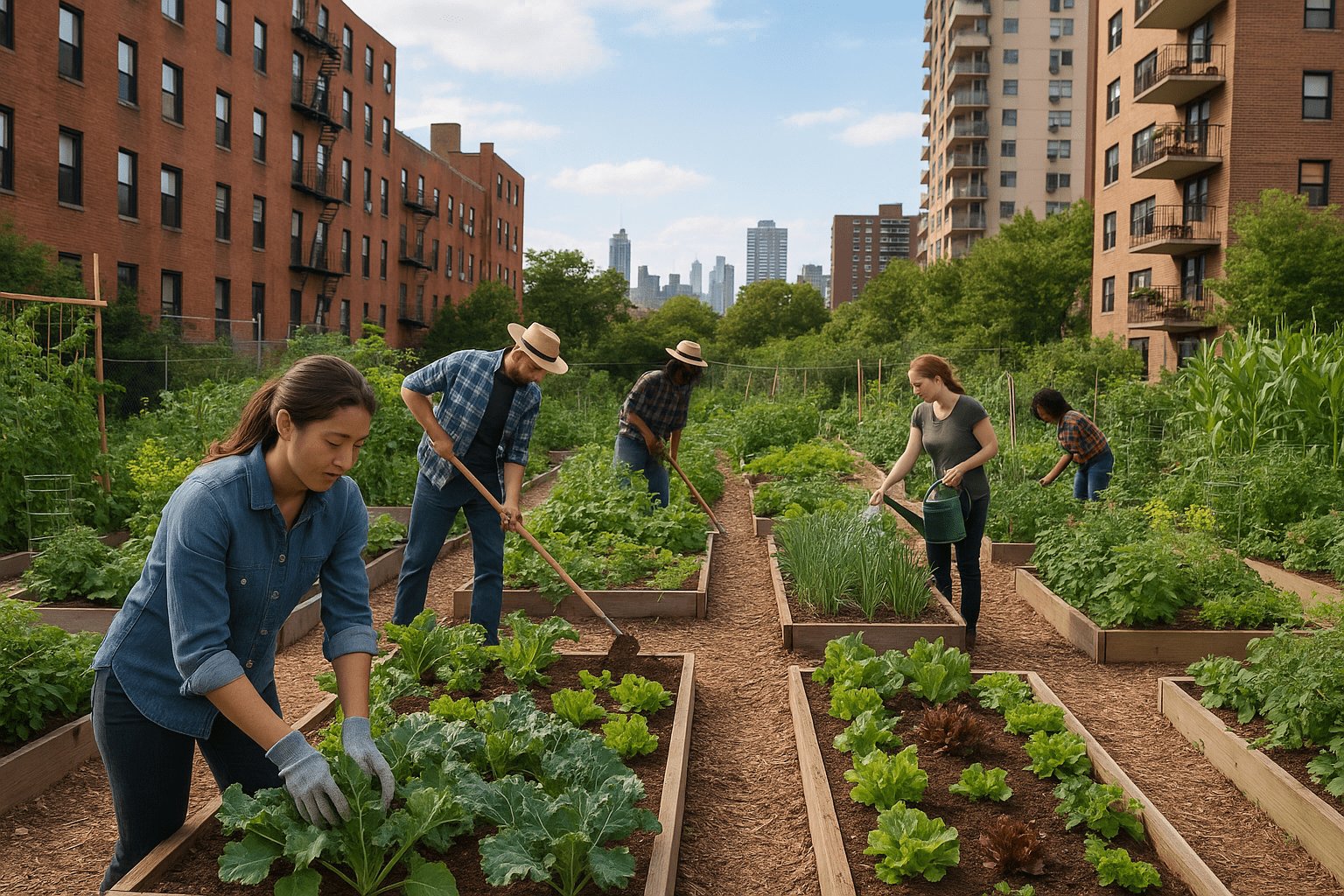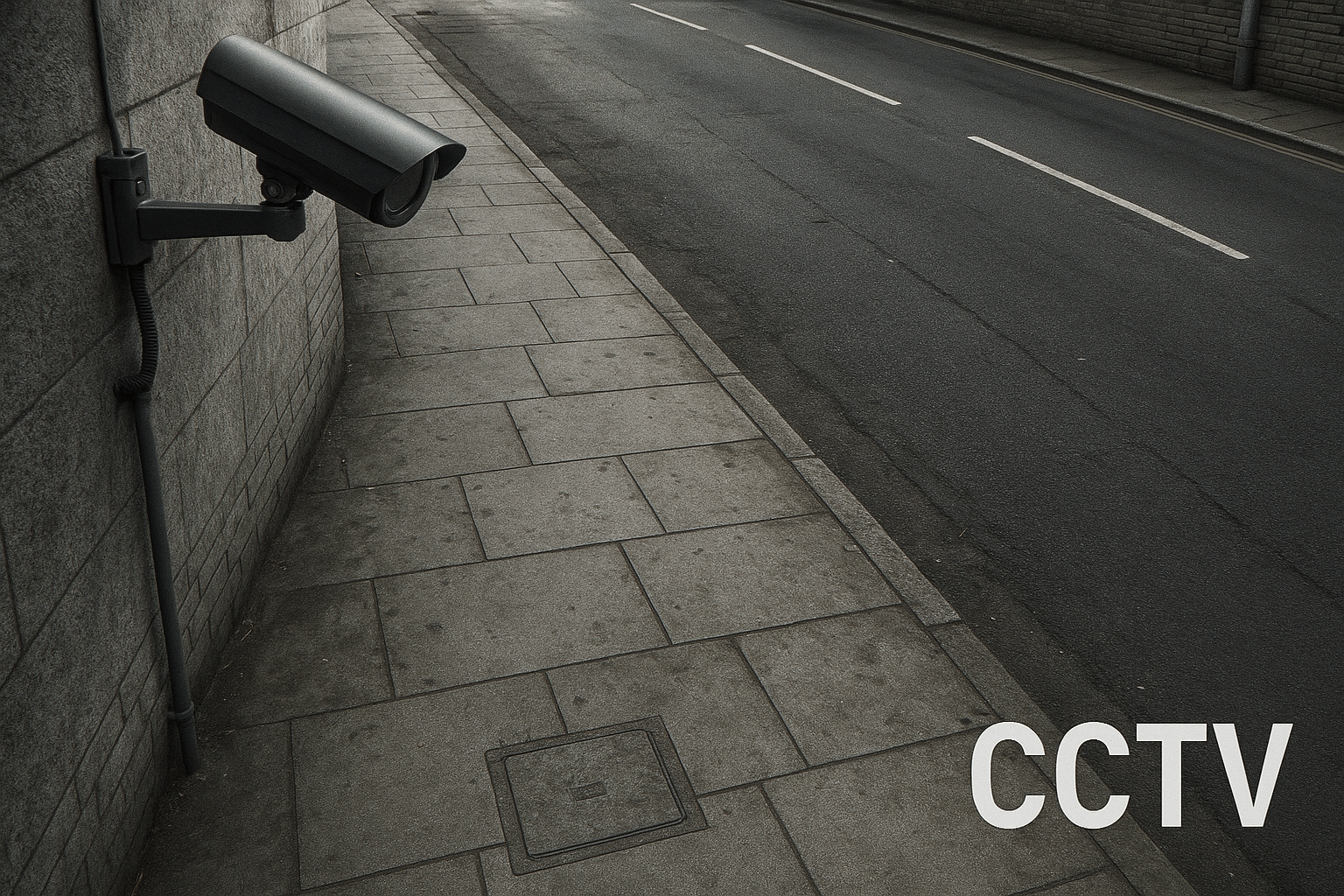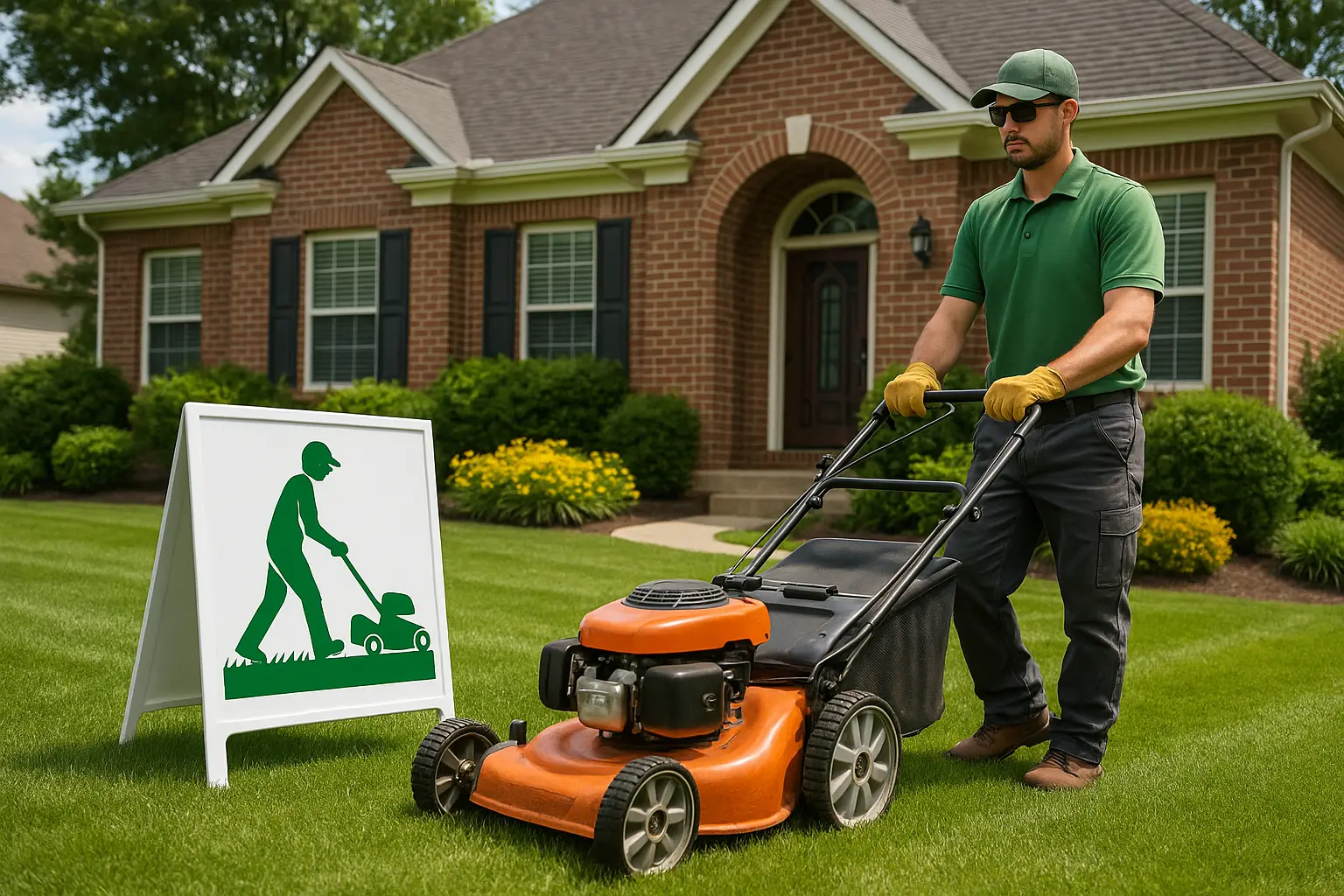A 500-square-foot apartment is sufficient space for growing tomatoes, herbs, and leafy greens, making urban gardening possible. According to the United Nations, by 2050, 70% of the world’s population will be concentrated in urban areas, and for the populations, localized food production will shift from being a trend to being a real necessity.
This article explores how urban gardening has moved almost to the forefront of human consciousness, outlines how to embark on urban gardening, and provides tips, examples, and insights from experts on how an urban citizen can utilize the smallest of niches to create a flourishing garden.
Why Urban Gardening Is Important
Urban gardening is not a pastime; rather, it is a very powerful tool to address several challenges faced by urban areas. From food insecurity to mental well-being to environmental sustainability, well, their benefits go beyond an excellent-looking garden or a nice culinary delight.
Some Considerations in Broader Terms:
- Food Security: Urban gardens offer fresh and cheap produce in places where healthy food is hard to get, better known as “food deserts”.
- Sustainability: Reduce food miles, packaging waste, and dependency on industrial agriculture.
- Mental Health: Numerous studies link gardening with decreased stress, enhanced mood, and increased mindfulness.
- Community Building: Shared gardening spaces create a collaborative environment for education and civic participation.
Additional Benefits of Urban Gardening
1. Have the Freshest Organic Food in Your Hands
No chance for importers or pesticides to sneak in when food is grown in a container kitchen garden. Let basil, kale, cherry tomatoes, and other yummy items flourish outside your kitchen window.
2. Best Use of Space
Urban gardening transforms neglected nooks, balconies, rooftops, and windowsills into productive green zones-from vertical wall planters to hanging herb baskets.
3. Millennium Green Living
Urban gardens are good and improve air quality, cut down on urban heat, absorb CO2, and compost their organic waste to complete a closed-loop system.
4. Educational Opportunities
Gardening inculcates lessons on biology, sustainability, and responsibility. It is of great value for children and schools positioned within dense urban areas.
Step-By-Step Guide to Starting Your Urban Garden with
Step 1: Space and Light Assessment
- Is it a Balcony or a Roof? These setups are good for very big containers and solar energy.
- Windowsill? At such a place, herbs and microgreens will thrive nicely.
- Wall or Fence? In such a case, go for vertical planters or trellises.
SunCalc or Gardenate can be used to find out the duration of sunlight.
Step 2: Choosing Containers
- Self-watering pots, grow bags, and crates are the best options.
- For a vertical garden, systems such as Tower Garden or make your own with pallets or a shoe organizer.
Step 3: Go for Easy-Win Plants
Start with:
- Leafy veggies: Spinach, Lettuce, Arugula
- Herbs: Basil, Mint, Parsley
- Fruits and vegetables: Tomatoes, Radishes, Chili Peppers
Step 4: Choose Soil and Fertilizer
- Light with good drainage.
- Organic compost or slow-release fertilizer should be used for nutrients.
Step 5: Monitor Water and Maintain
- Urban setups tend to dry up superfast, so set a watering regime or use drip irrigation.
- Regularly cut branches, check for pests, and, if possible, move crops around.
Real-World Example: Brooklyn Grange, NYC
The biggest rooftop soil farm in the world, Brooklyn Grange, is a commercial rooftop farming project located in New York City. Spread across 5.6 acres among various buildings, more than 80,000 pounds of organic fruits and vegetables are grown there annually, demonstrating how urban gardening can scale for community sustainable purposes.
Actionable Tips for Urban Gardeners
- Start small and expand: Don’t overcommit. One healthy planter is more rewarding than a dozen neglected ones.
- Use companion planting: Pair basil with tomatoes to deter pests and boost growth.
- Install smart tech: Tools like Parrot Flower Power or Moisture Meters help monitor plant health.
- Recycle creatively: Use old buckets, crates, or even milk cartons as planters.
Common Mistakes to Avoid
- Overwatering: Containers drain quickly, but too much water drowns roots. Check moisture before watering.
- Ignoring sun exposure: Most edibles need 6–8 hours of sunlight. Don’t guess—track it.
- Using garden soil: It’s too dense for pots. Always use potting mix for containers.
- Neglecting pest control: Even in cities, pests like aphids and fungus gnats are a threat. Use neem oil or homemade sprays.
Future Trends in Urban Gardening
1. Hydroponics and Aquaponics
Systems like AeroGarden or Click and Grow use water-based methods to grow indoors with minimal mess.
2.Community Garden Networks
Cities like Seattle, Toronto, and Melbourne are integrating shared gardening plots into public spaces, managed by nonprofits and resident groups.
3. Smart Gardening
From app-controlled grow lights to AI-driven plant sensors, urban gardening is increasingly merging with tech for ease and productivity.
4. Green Roofs and Vertical Farms
Architects and developers are incorporating edible landscaping into residential and commercial buildings to combat urban heat and boost sustainability.
Conclusion: Cultivate More Than Just Plants
The urban gardens not only provide sustenance but also grow resilience, well-being, and sustainability in the concrete jungle. Whether you are blessed with a massive rooftop or a petite sunny windowsill, there is always a way to go green.
Now is the time to act. Start with a pot of basil, learn as you grow, and connect with your environment in a deeply rewarding way. Want more guidance? Subscribe to our newsletter for seasonal planting guides, urban gardening toolkits, and real-life success stories. Your city garden awaits—one seed at a time.




